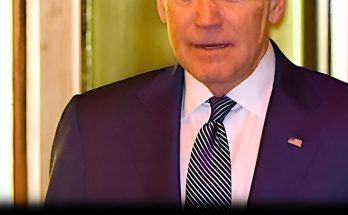“The Horseman $10” or “El Vaquero” Recalls California’s Mexican Cowboy Heritage
The Spanish word vaquero, meaning “cowboy”, inspired the English slang “buckaroo”. A very rare coin whose design was inspired by a famous depiction of cowboys in Mexican California sold for more than one million buckaroos in a California auction presented by specialty rare coin firm Stack’s Bowers Galleries of Costa Mesa.
A private collector paid $1,260,000 to own a superb condition specimen of the 1850 $10 gold coin graded MS63+ by the third-party grading company PCGS. Worth 10 dollars when it was struck by the banking firm of Baldwin and Co. in San Francisco during the height of the California Gold Rush, the coin’s inscriptions CALIFORNIA GOLD, TEN DOLLARS surround a detailed image of a cowboy on horseback with his lasso aloft and ready to throw.
The abundance of gold found in California’s gold fields in 1849 and 1850 created a special problem: how can all the gold nuggets and gold dust be converted into a form that makes the precious metal ready to be exported, shipped to the United States Mint in Philadelphia, or spent in one of San Francisco’s hundreds of bars and bordellos.
Private companies like Baldwin and Co. bought gold from miners and created private gold coins that circulated alongside regular United States coins as well as coins brought by new arrivals from countries around the world.
Just 20 or so Baldwin and Co. Horseman $10 gold are thought to exist, and the one sold this week is among the best preserved examples known. It was last sold by predecessor firm Stack’s Rare Coins in October 1988, then bringing $82,500. The gold value of the coin in today’s market is about $1,300.
“The design of the Baldwin $10 has given it an outsized fame among historians and coin collectors,” noted Stack’s Bowers Galleries Director of Numismatic Americana John Kraljevich, who first published research on the origins of the Baldwin $10 design in 2003. “The design was copied — bootlegged or plagiarized, really — from a famous 1828 piece of artwork entitled Californians Throwing the Lasso. When Bavarian-born engraver Albrecht Kuner needed a design that told the whole world that the coin was made of California gold, he turned to a watercolor image of cowboys in Mexican California. A cowboy with his lasso was exotic to newcomers but totally familiar to Californians, mostly Spanish-speaking, who had been in the region for decades, even centuries.”
“As a native Californian,” Stack’s Bowers Galleries President Brian Kendrella noted, “few coins really speak to me as much as this one. Its design is a landmark image evocative of California’s rich history.”
The watercolor Californians Throwing the Lasso was painted by English explorer and naval officer Frederick William Beechey in 1828. Beechey’s travels were summarized in his 1831 book Narrative of a Voyage to the Pacific and Bering’s Strait to Co-operate with the Polar Expeditions, 1825-1828, where the watercolor was republished as a print. The book went through several editions and was read all over Europe and the Americas.



